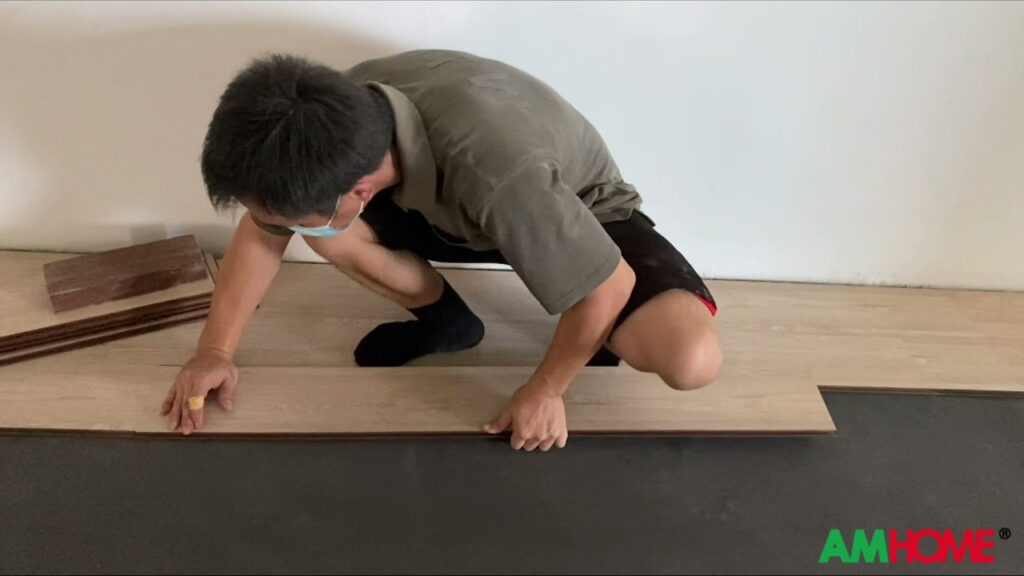Pros of Rubber Flooring Tiles
Rubber flooring tiles offer numerous advantages, making them a popular choice for various commercial and residential applications. First and foremost, rubber tiles are highly durable and resilient, capable of withstanding heavy foot traffic and frequent use without showing signs of wear and tear. This durability makes rubber flooring a practical solution for areas prone to high impact and constant use, such as gyms, play areas, and industrial settings.
In addition to their durability, rubber flooring tiles are known for their slip-resistant properties, providing a safe and secure surface for walking and exercising. This feature makes them ideal for spaces where the risk of slipping and falling is a concern, promoting safety and reducing the likelihood of accidents. Moreover, rubber tiles are shock-absorbent, offering a cushioned surface that helps reduce fatigue and strain on joints, making them a comfortable option for standing, walking, or working out.
Furthermore, rubber flooring tiles are low-maintenance and easy to clean, requiring minimal effort to keep them looking fresh and well-maintained. Their resistance to moisture and stains makes them suitable for areas where spills and moisture are common, such as kitchens, bathrooms, and commercial facilities. With their ease of maintenance and long-lasting performance, rubber flooring tiles present a cost-effective and practical flooring solution for a wide range of applications.
Cons of Rubber Flooring Tiles
1. Limited Aesthetic Appeal
While rubber flooring tiles offer durability and functionality, they may not be the most visually appealing option for some spaces. The limited range of colors and designs may not suit the aesthetic preferences of individuals looking for a more diverse selection to match their interior decor.
2. Susceptible to Staining
Rubber flooring tiles can be prone to staining, especially in high-traffic areas or locations where spills are common. Unlike some other flooring options, it may require more frequent cleaning and maintenance to keep the surface looking fresh and free from visible blemishes.
3. Initial Odor
Newly installed rubber flooring tiles may emit a noticeable odor that some individuals may find unpleasant. While this odor typically dissipates over time, it can be a concern for those with sensitivities to strong scents or for spaces where air quality is a priority.
4. Not Ideal for Allergic Individuals
For individuals with rubber allergies, the presence of rubber flooring tiles can potentially trigger allergic reactions. It’s important to consider the potential impact on individuals with sensitivities to rubber materials before choosing this flooring option for a space.
Is Rubber Flooring the Right Choice for You?
When it comes to choosing the right flooring for your space, it’s important to consider the unique benefits that rubber flooring can offer. Whether you’re looking to upgrade your home gym, create a durable surface for a commercial space, or provide a comfortable and safe flooring option for a play area, rubber flooring has a lot to offer.
One of the key benefits of rubber flooring is its durability. It is highly resistant to wear and tear, making it a great choice for high-traffic areas. Additionally, rubber flooring is easy to clean and maintain, making it a low-maintenance option for busy environments.
Another important factor to consider is the comfort and safety that rubber flooring provides. Its cushioned surface offers impact resistance, making it an ideal choice for spaces where people may be standing for long periods of time or where falls are a concern. This makes it a popular option for fitness facilities, playgrounds, and even healthcare settings.
In addition to its practical benefits, rubber flooring is available in a wide range of colors and styles, allowing you to customize the look of your space. Whether you prefer a sleek and modern look or a more vibrant and playful aesthetic, there are rubber flooring options to suit your needs.
Installation and Maintenance of Rubber Flooring
Installation
When it comes to installing rubber flooring, proper preparation is key. The subfloor should be clean, dry, and level before installation. Depending on the type of rubber flooring, adhesive or interlocking systems may be used to secure the material in place. It’s important to follow the manufacturer’s guidelines for installation to ensure a professional and long-lasting result.
Maintenance
Rubber flooring is known for its durability and low maintenance requirements. Regular cleaning with a mild detergent and water, along with routine sweeping and dusting, can help keep rubber flooring looking its best. It’s important to avoid harsh chemicals and abrasive tools that can damage the surface. Additionally, addressing any spills or stains promptly can prevent long-term discoloration.
Longevity
Proper installation and maintenance can significantly extend the life of rubber flooring. Routine inspections for wear and tear, as well as addressing any damage promptly, can help maximize the longevity of the flooring. It’s also advisable to follow any specific care instructions provided by the manufacturer to ensure optimal performance over time. Investing in proper installation and maintenance can result in a flooring solution that stands the test of time.
Conclusion: Proper installation and maintenance are essential for the longevity and performance of rubber flooring. By following manufacturer guidelines and implementing regular cleaning and care routines, rubber flooring can continue to provide a durable and attractive surface for years to come.
Conclusion
In conclusion, it is essential to prioritize search engine optimization (SEO) in your web content strategy. By implementing SEO best practices, you can improve your website’s visibility and attract more organic traffic. With the constant evolution of search engine algorithms, staying updated on SEO trends and adapting your strategy accordingly is crucial for maintaining a competitive edge.
Key Points:
- Optimizing content with relevant keywords and meta tags is foundational for SEO success.
- Quality backlinks from reputable sources can significantly enhance your website’s authority and ranking.
- Ensuring mobile responsiveness and fast page loading speed is imperative for user experience and search ranking.
Furthermore, engaging in thorough keyword research and understanding user intent can guide your content creation process, leading to higher engagement and conversions. It’s important to remember that SEO is a long-term investment, and consistent efforts to refine and enhance your strategy will yield tangible results over time. By staying informed and proactive in your approach to SEO, you can effectively strengthen your online presence and reach your target audience more effectively.


